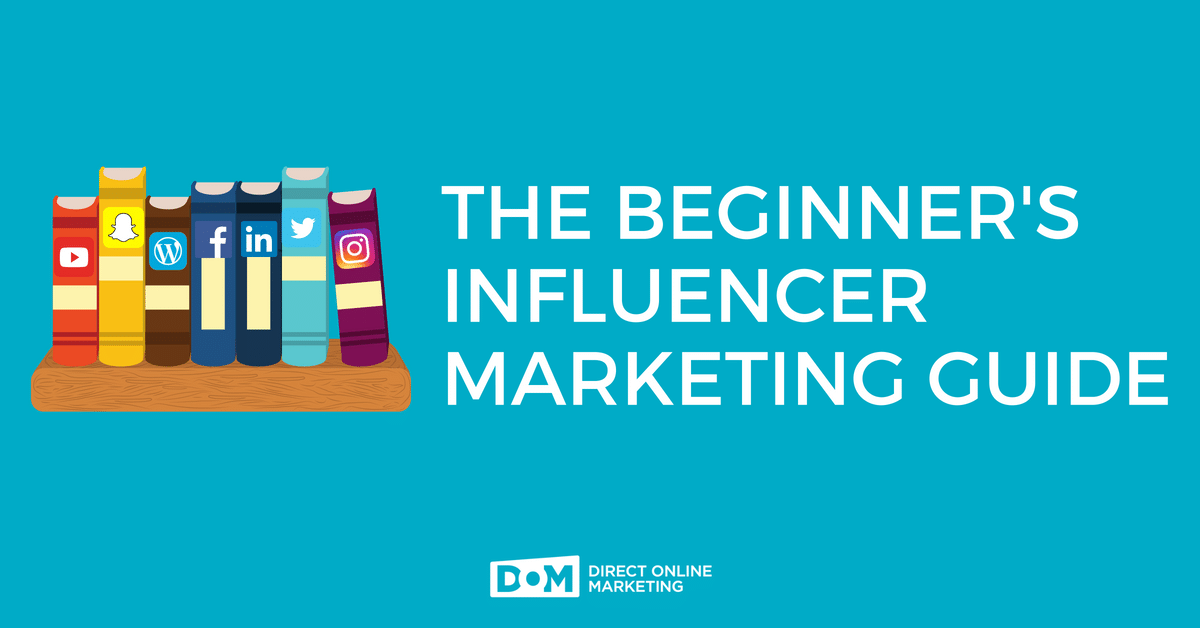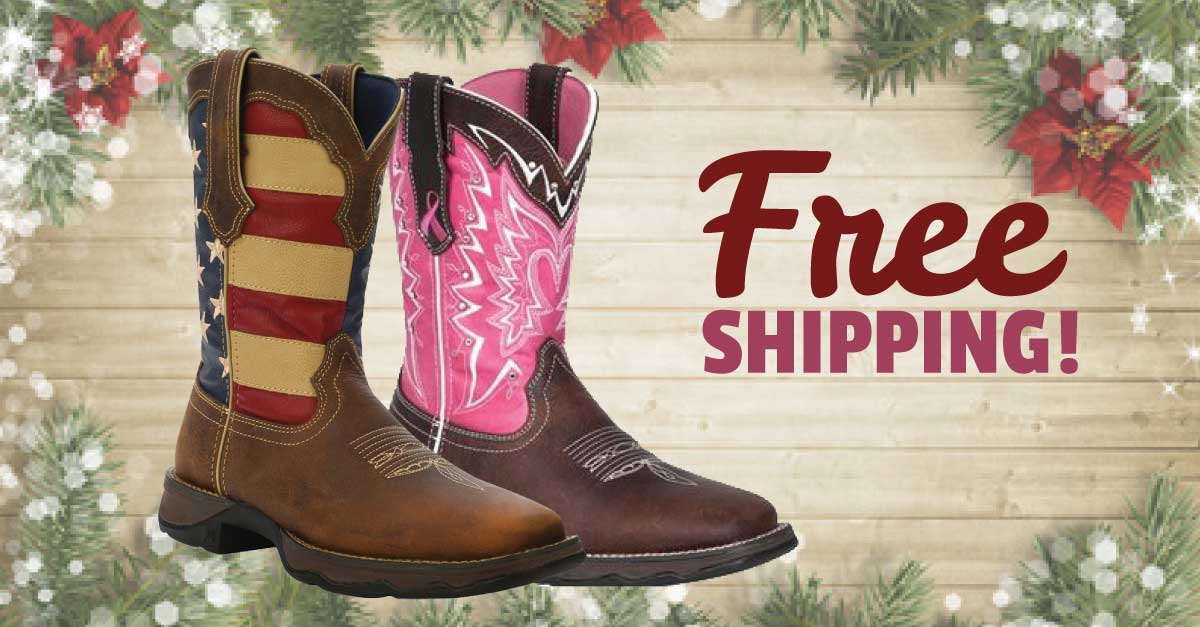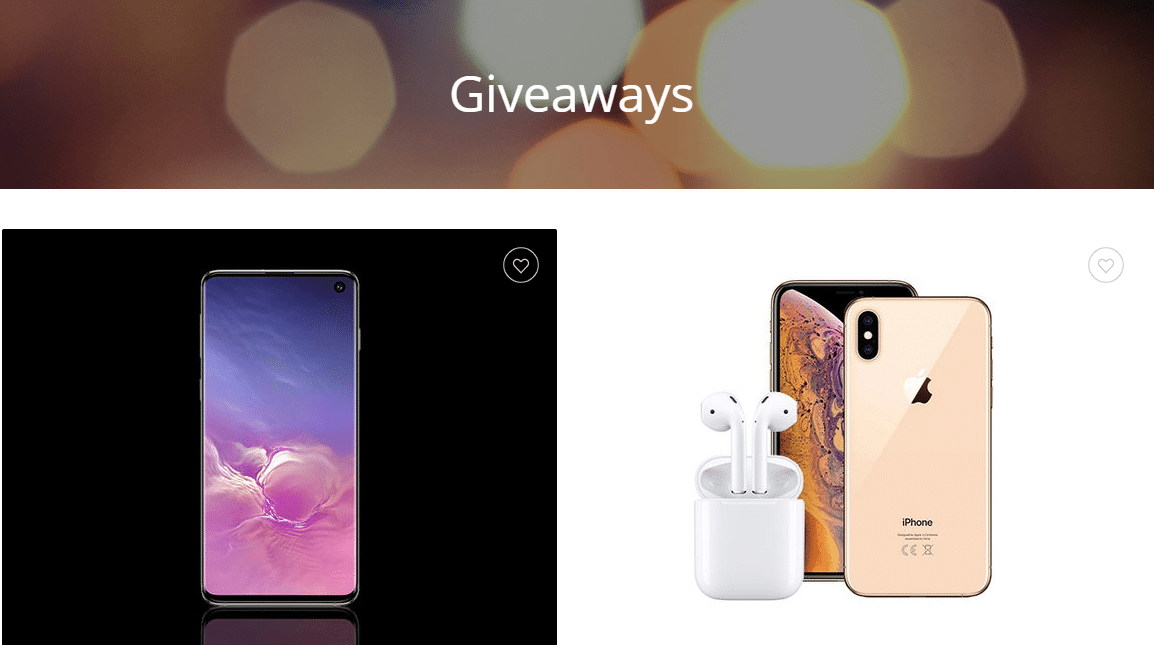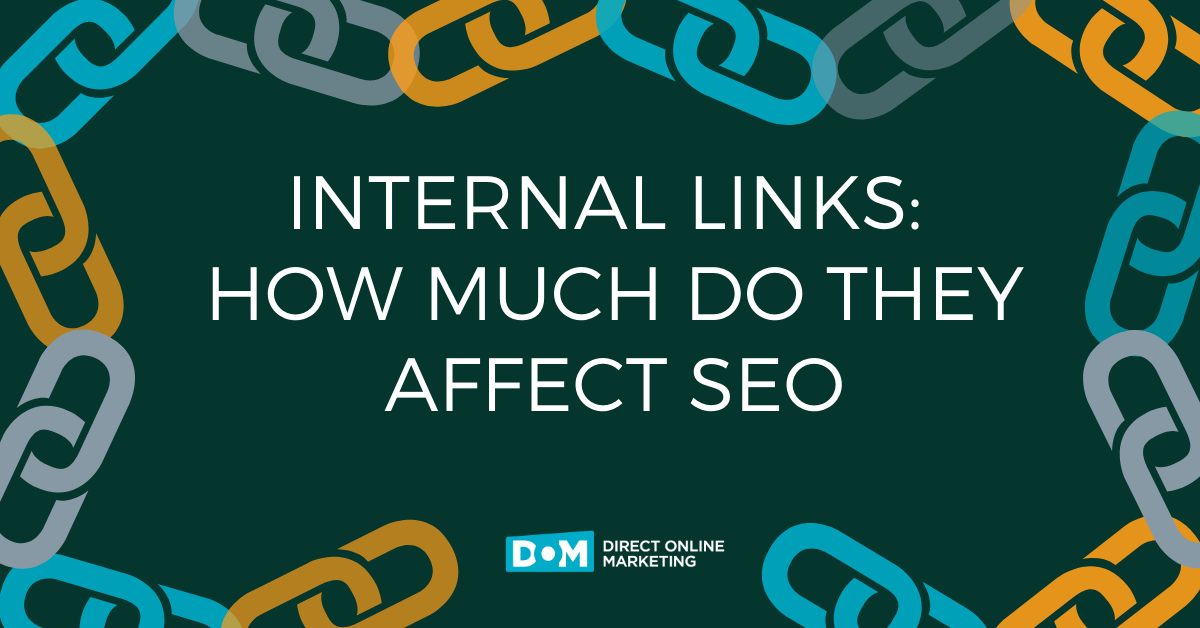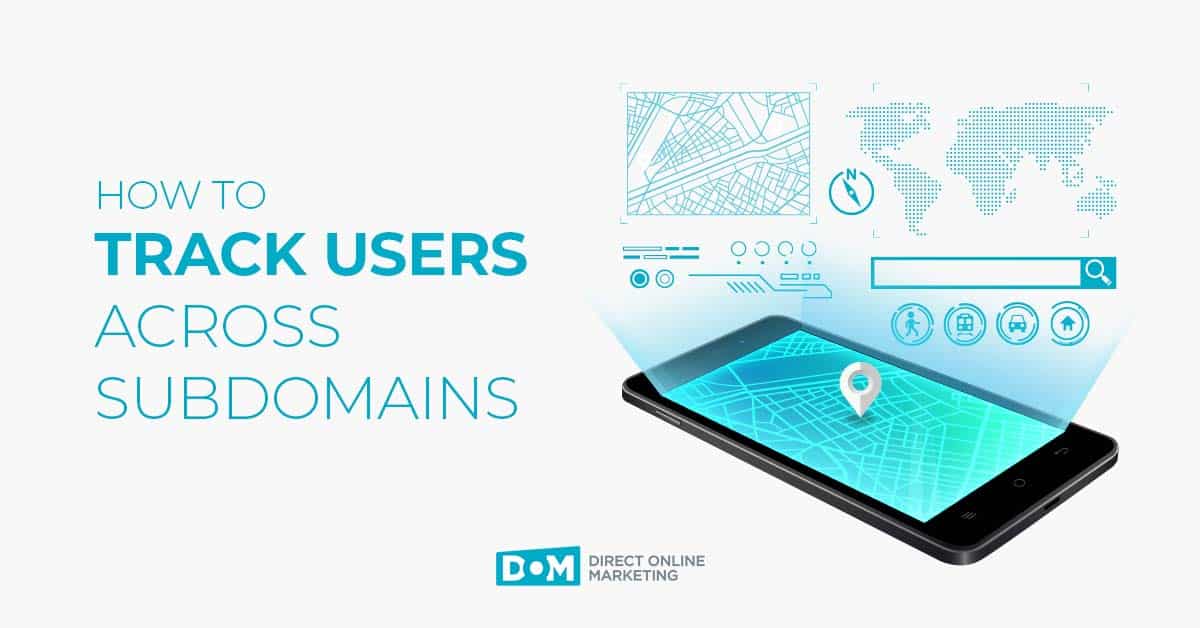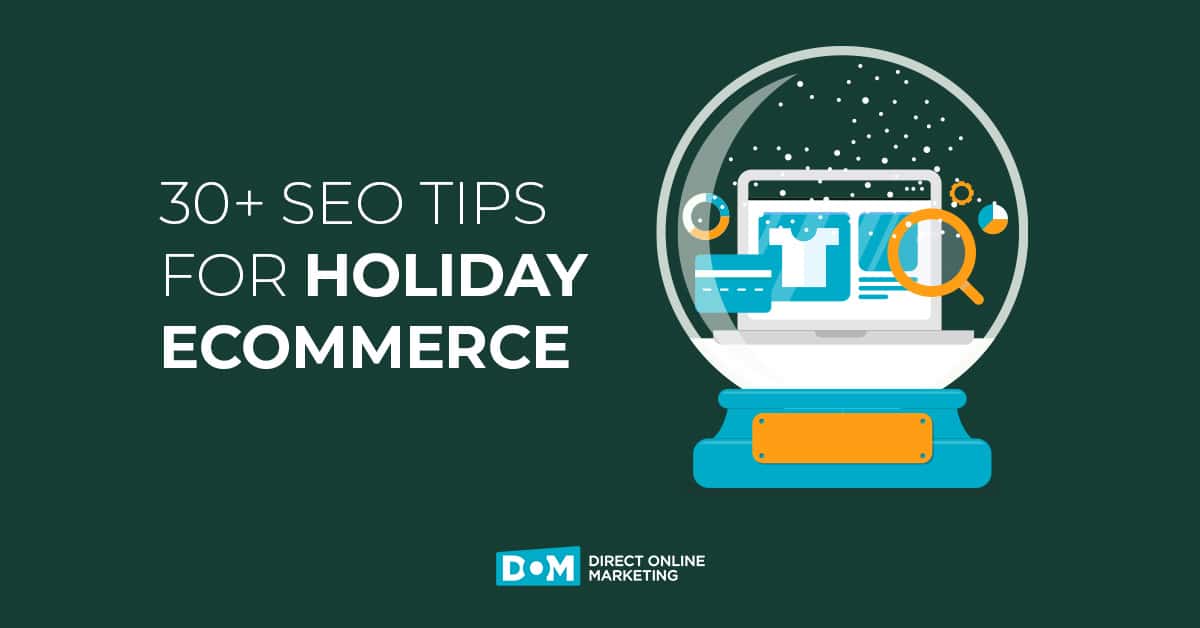
Justin’s Note: When we originally published this list of holiday eCommerce tips way back in 2009, it was one of the original installments of our “The Marketing Experts” series. Many of the ideas included in this post were originally sent to us straight from Atlanta’s own Jason Capshaw.
Over the last decade-plus since it was published, the strategies outlined here as “SEO tips” have simply become “SEO best practices,” so we have expanded the list from 9 to the more than 30 you see listed below today. Enjoy these SEO tips and good luck this season with your eCommerce holiday planning!
There are many SEO opportunities during the holidays. Taking advantage of them not only increases holiday traffic and sales, but can benefit an ecommerce store year round.
When you have a short time period, picking the correct SEO tactics are essential to being successful when you’re trying to make a last ditch effort to positively impact your holiday sales. Besides, Black Friday and Cyber Monday are coming up in a little over a month… and Christmas is less than a month away from them.
At this time of year, the time to start optimizing your shopping experience for organic searchers is NOW!
Below, we’ve compiled over 30 of our favorite SEO tips for ecommerce businesses looking to make an impact during their holiday shopping seasons.
1. Use Google Trends To Find Products With Increasing Popularity
Google Trends provides the search volume for any keyword that you enter. You can filter the results by type of search, location, time period or even a category. We recommend that you compare multiple keywords at once.
Google Trends provides a projection for how many searches Google expects over the next few months if there is enough search data. Focus your holiday SEO efforts on those keywords that tend to trend upwards at the end of the year or are trending upwards steadily over time.
Popular searches related to a specific product indicate that traffic should convert well.
2. Find Low Hanging Fruit
How many pages do you have on the second or third page of Google for top keyword terms? It may be more than you think.
For one luxury retailer that we work with, we recently found 1,200 search terms for which their website was ranking on the second or third page. By restructuring some of the site’s navigation, implementing some simple link building, and writing some unique product copy, their traffic doubled within a month.
You can start digging by using a service like SEMrush to see what pages they have identified on the second or third pages of Google.
To get an extensive list, export all the keyword phrases that sent you traffic over the last 12 months. Once you have the list, run ranking reports on those keywords. Compile the data into a spreadsheet and filter out all keywords except for those that rank between 11 and 30.
See How We Helped This Luxury Retailer
Grow Revenue By 95%
In 2 Years.
3. Get Some Quick Backlinks From Web Directories
If you have a long list of keywords on the second page of Google, it’s time to focus your SEO efforts on pushing the rankings of those pages onto the first page. One way to do that is to get some quick links from a couple of places that allow you to add links to pages deep inside of your site.
Aboutus.org is a free authoritative website that simply wants you to put together a nice looking “About Us” page about your website on their domain. With over 770,000 inbound links according to Majestic, it carries some authority, will give you a few quick backlinks to deeper pages on your site, and provide you with a web listing on another platform you can freely control to assist your SEO goals.
Once you have your page fixed up, go here and ask them to remove the nofollow attribute from the links. If they do not approve your submission they are very helpful and will walk you through their standards. Make sure you link to your top five or ten products sitting on the second page of the SERPS.
There are hundreds of web directories out there that regularly accept listings, either for a fee or in exchange for a reciprocal link. We recommend prioritizing directories that specifically focus on the niche of your online store, but general sites like Directory Journal and Ally both allow deep links and seem to pass good link authority.
Both are also reasonably priced.
4. Get Your Products Reviewed By Publishers And Influencers
In the earlier history of online marketing, it was a very common practice for eCommerce business owners and product manufacturers to find bloggers in their niche, send them a free product, and hope that they would give it a favorable review.
Publishers needed the content. Retailers needed the coverage and mentions. And there wasn’t always a lot of budget to be spent on digital advertising… but companies could pay shipping and sacrifice a little bit of inventory in exchange for coverage.
Most of the time, this strategy worked the best if you did not ask for many specifics (such as a link), and just let the blogger do what he or she does naturally.
Today, the marketing strategy behind finding the best websites and influencers in your niche to send products to for review haven’t really changed. For instance, any site you are going to consider sending product to should have:
- A blog (or part of their site where they regularly publish content) with a strong count of followers and/or subscribers
- An active Twitter account with a high follower count
- A solid reputation on another social media platform, like Facebook, Instagram, or TikTok
What has changed? Getting influencers to market your products is now most often a “pay to play” engagement.
If you are going to engage with an influencer, make sure they can also provide you some sort of SEO benefit by having an actual website to link to your store when they do their review.
Even if they give you a nofollow link, if they are influential enough you should get traffic and links from their followers.
It’s a natural expectation that when someone popular mentions your product or website, your product and website will get mentioned again.
Interested in giving influencer marketing a try, but not sure where to get started? Check out our Beginner’s Guide To Influencer Marketing.
5. Give Something For Free To Build Some Links
People love free stuff. A cool little gift for all orders over $30 should inspire conversions as well as garner inbound links.
If you actually want to give something away for free (even if you make the customer cover shipping), you can also list your site at TheFreeSite.com with a link to the page detailing your offer.
Similar to TheFreeSite.com, there is a wide niche of free giveaway sites around the web that will pick up on your offer – especially if you support it with a press release announcement.
Before you do this, however, prepare your eCommerce store to have an abundant inventory of whatever you are offering as a freebie.
You will get links. You will get traffic. You will get orders. So make sure you are prepared to handle the order volume for free items you are going to receive.
Being prepared to handle an influx of traffic to your site and orders placed feels like one of those “no brainer” holiday eCommerce tips that many business owners give lip service too, but then find themselves overwhelmed by when they are actually faced with the benefits of a successful marketing campaign.
6. Organize A Contest Or Giveaway
Having a holiday contest or giveaway is also a great way to build some link authority. Depending on the time of year you start the contest or giveaway, you may not realize the full impact until after the holiday season. Perhaps you could give away a prize worth $100, or some high demand tech product for the “Best Christmas Morning Photo” or “Most Extreme Christmas Decorations.”
The possibilities for this are almost endless if you have the right prize at the right time of year.
The bigger the prize the more attention and links you will garner. Make sure to link to some product pages from your holiday contest landing pages to pass on the link authority built. Ranking improvements gained from links placed on pages that earn links is one of our sneaky good holiday eCommerce tips.
7. Create Custom Holiday Coupon Codes
Can you offer your customers a 15% discount? If you can, contact several coupon websites and offer them unique 10% coupons. If one of the 10% discount coupons are used, share 5% of the sale with the coupon site.
Can’t afford a 15% site wide discount? No worries – think about creating coupon codes for specific items. Even though you might not make much money on that initial sale, you can present related products or upsell during the checkout process to make a profit and increase the average order value.
True story… We bought a printer one year on black Friday below retail, and then spent an insane amount of money on the USB cords and a print server. The store we bought from more than made a profit.
But even in the event that the shopping scenario presented above isn’t something you can relate to, the links you earn from coupon sites like RetailMeNot will be worth it to your SEO efforts and send you a quality amount of referral traffic.
8. Sell Holiday Gift Certificates Through Partners And Gift Card Sites
This works much like the coupons, except you contact online stores that actively sell gift certificates. Review their terms, or work out a commission or affiliate deal to compensate them for their sales. Keep in mind, even if they never sell a gift certificate to benefit your store, they will be linking to your store and passing over some link authority.
Free awareness building is one of our often overlooked holiday eCommerce tips.
You could also approach other store owners who sell products related to your niche, but are not in direct competition with them. Ask them to sell your gift certificates and link to your site. Setting up mutually beneficial marketing campaigns like this can lead to short-term sales growth as well as long term business impacts.
9. Update Your Meta Descriptions
Do you pay attention to radio ads, television commercials, and other forms of advertising to see how big manufacturers or retailers are advertising specific products?
If not, then that might be one of the top holiday ecommerce tips we can suggest you should probably start.
If yes, then use that information to your advantage. Rewrite your meta descriptions for popular products in the mainstream media to reflect the voice and messaging they project.
Even if an online shopper is not familiar with your business, doing this can create instant familiarity, increase click through rates from search engines, and ultimately improve your conversion rates, too.
10. Create Homepage Link Lists
The homepage is usually the most authoritative page of the site. Research has shown that the further away a page is from the home page, the less domain authority and trust that page is given.
Linking to popular product pages from the home page increases their authority, trust and ranking opportunity. Here are a few ideas for product lists you should include on the home page during the holidays:
- The Best Gifts Under ($100, $50, $30, etc.)
- Our Holiday Best Sellers
- His/Her Gift Wishlists
- Trending Items
- Today’s Top Picks
11. Create Holiday Gift Guides
Why let media outlets like The Today Show or publishers in your niche get all of the traffic benefits from shoppers looking for holiday gift guides for friends and family who are “tough to buy for” during the holidays?
Instead of paying a referral fee or affiliate commission to get included in these guides, create guides like this on your own site.
Pro holiday eCommerce tips: if you already have content like this on your site from a previous year, don’t create a new one for the current year. Instead, update the original post with new products, update any mentions of previous year’s with the current year, and republish with an “updated on” date.
12. Create Detailed Pages For Your Varied Payment Options
Do you offer alternative payment methods to credit or debit cards? Keyword search popularity has greatly increased in recent years for alternative payment methods like cryptocurrency and “buy now, pay later” platforms like Affirm.
On the Shopify platform, there are over 100 payment provider integrations. It makes sense that the more payment options you can provide your customers, the more likely they are to purchase from you.
If you have a wide variety of payment options for your customers, creating landing pages on your site optimized for terms like “buy [product] with crypto” or “can i buy [product] with affirm?” will help your brand stand out where other stores are unable to compete with you.
Only Have 15 Minutes A Day To Improve Your Holiday Ecommerce SEO? Here’s A Checklist Of 20 Action Items!
- Identify any broken internal links on your site and make sure they get updated to point to some destination.
- Make sure all of your products and categories have at least 2 internal links.
- Review your Google Analytics. Do you have any orphaned pages? If yes, link to those from somewhere on your site.
- Add links to any holiday-related categories, products, and informational content to the footer of your site.
- Audit your incoming external backlinks. Do they point to a product page or product category that you no longer sell or feature? Add redirects pointing to the most relevant corresponding product or category.
- Check out links on your site that point off of your site. If you have any that are broken, update them to link to the correct destination (or find a new page to link to instead).
- Sell the same product in different variations (colors, sizes, volumes) on individual product pages? Make sure the title tags for each variation indicate those differences.
- Add model numbers, part numbers, or other specific identification numbers to your title tags so people using Google to find a product out of stock on sites like Amazon can discover the product on your site as an alternative purchase destination.
- Use duplicated product copy on pages that feature different variations of the same item? Make sure the copy is at least 20% different on each product page.
- Add any special offers you provide for shipping (“free 5-day shipping on orders over $50”) or guarantees you provide for orders (“100% authentic” or “free returns”) to your meta description content.
- All images and media files should be linked to using a secure URL (https://) not an unsecure URL (http://).
- Images linking to product or category pages? Add an alt tag to the link anchor with some descriptive keyword text.
- Every product page or category page should have an H1 tag. If you can’t update your template, review your CMS and add a CTA to buy at the bottom of your product description or category page formatted as an H1.
- Find content on your site with multiple H1 level subheadings? Update the second one on the page to be tagged as an H2 or use normal paragraph text.
- Is your logo wrapped in an H1 tag in your site theme? Remove that tag.
- Add product review schema markup to your website to showcase star ratings for your business and your individual products in search results.
- Active with email marketing? Copy and paste the contents of your email newsletters on your site as blog content. Just make sure you update any tracking links placed by your email marketing solution to be direct internal links for maximum SEO benefits.
- Compile reddit reviews about your top products on your site in a blog post.
- Do you have named authors on your blog or informational content? If no, add one and include a brief author bio to explain why the person who produced the content is credible.
- Don’t have any video content that you have created directly for your products? Find a relevant YouTube review from an influencer or an ad from the product maker and embed that into your product page.
We hope you find this list of SEO-friendly holiday eCommerce tips helpful for your upcoming planning. Interested in having an experienced digital marketing strategist review your plan for your holiday marketing efforts to make sure you meet, achieve, or exceed your goals?
Request a no-obligation consultation with one of our experienced digital marketing experts today!
